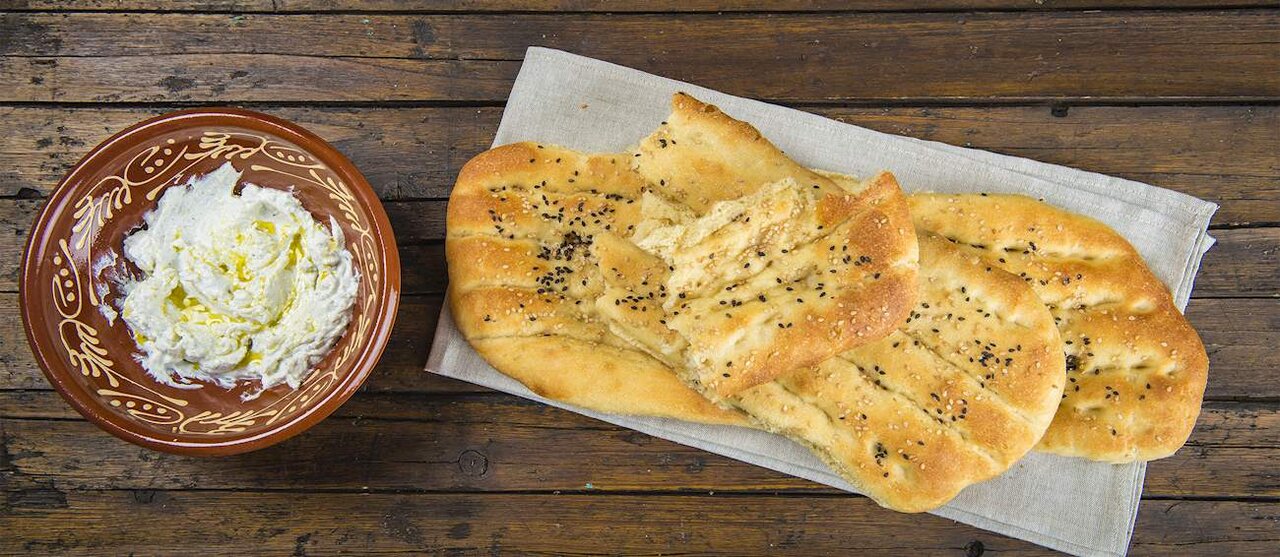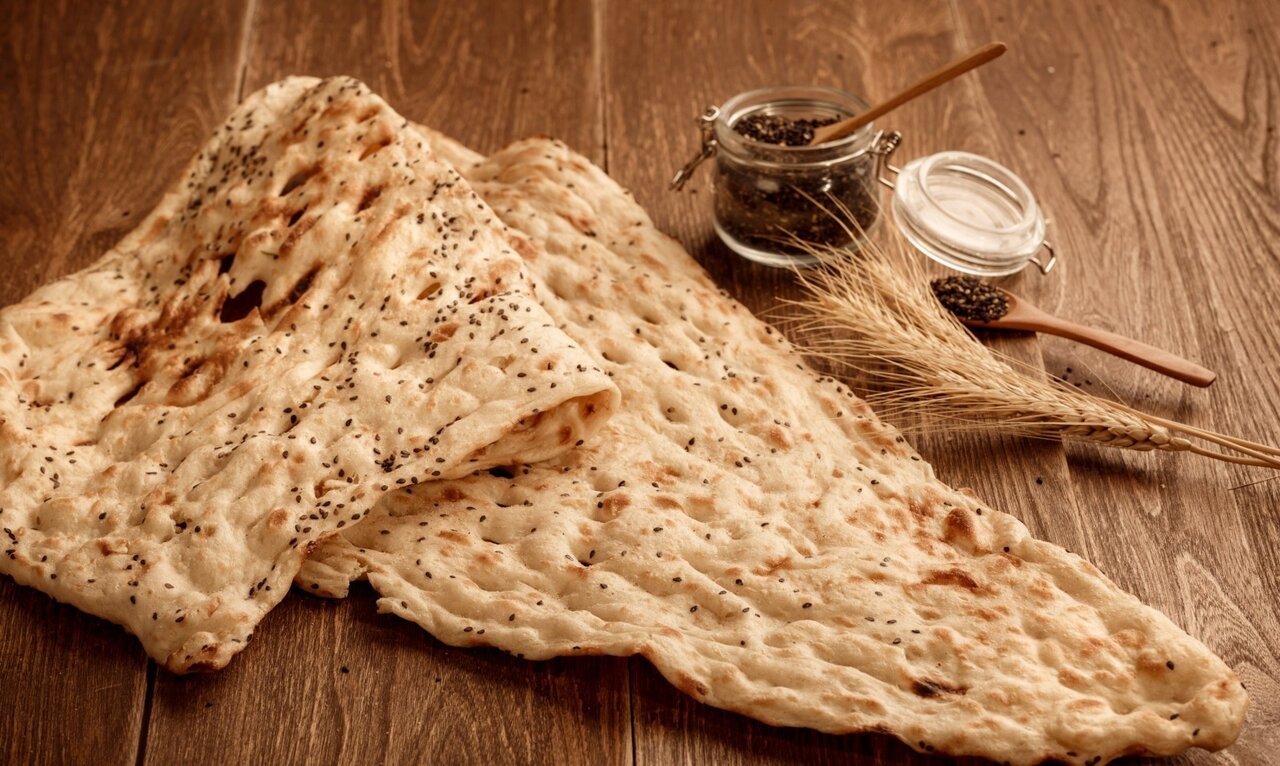Iran (IMNA)- Taste Atlas, a prominent reference book of local delicacies, traditional eateries, and unique recipes worldwide, has ranked Iran's traditional Nan-e Barbari third among the world's 50 greatest flatbreads.
Nan-e barbari
The name "nan-e barbari" refers to a wheat-based leavened flatbread popular in Iran. It is traditionally made into a long oval form and covered in roomal, a flour glaze that gives the interior a delicate, airy texture and the exterior a lovely golden crust.
Before baking in conventional tandoor ovens, poppy, nigella, or sesame seeds are commonly added to the bread. The name "barbari" comes from the disparaging term that was used to designate the Hazaras ethnic group. They are said to have brought nan-e barbari cookery to Tehran and other parts of Iran first.

Nan-e sangak
The Iranian national bread is nan-e sangak, a whole wheat leavened flatbread. Its form might be triangular or rectangular, and it is available in two varieties: plain and special, which are sprinkled with poppies and sesame seeds. The term sangak alludes to the historical way of baking bread, which means "little stones," because it is usually baked in a dome-shaped oven with a surface full of pebbles and stones.

Lavash
Many culinary professionals argue that lavash is an Armenian flatbread, however, it is well-known and produced across Western Asia (most notably Iran and Turkey) and the Caucasus (most particularly Azerbaijan). The dough is made with wheat flour, salt, and water and is solely leavened using a sourdough starter.
After the dough rises to its maximum, it is formed into little lumps that are rolled flat and slapped against the interior of a tandoor, a clay oven. These flatbreads differ in thickness, size, form, and kneading procedure depending on where you live in Armenia.



Your Comment